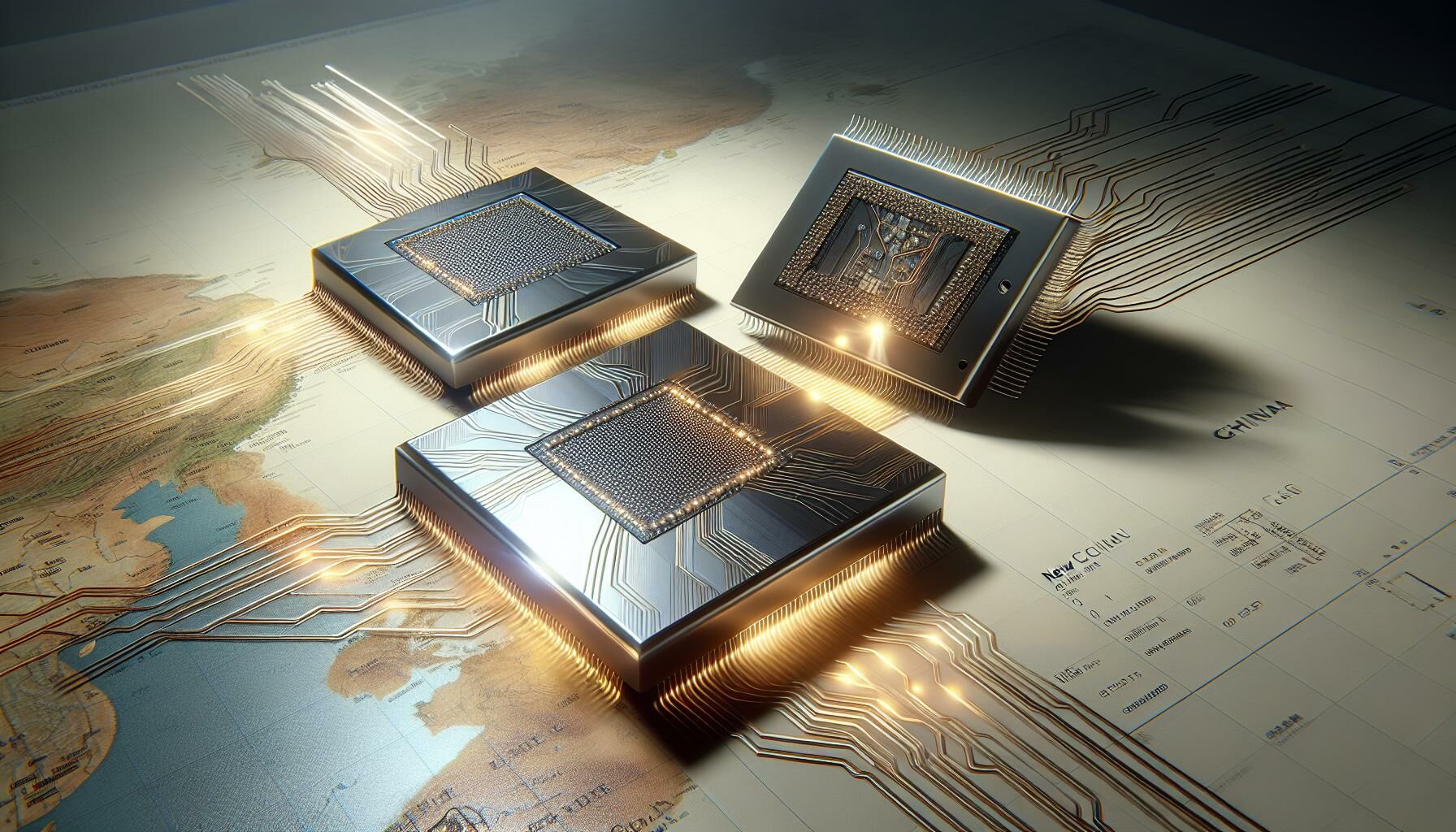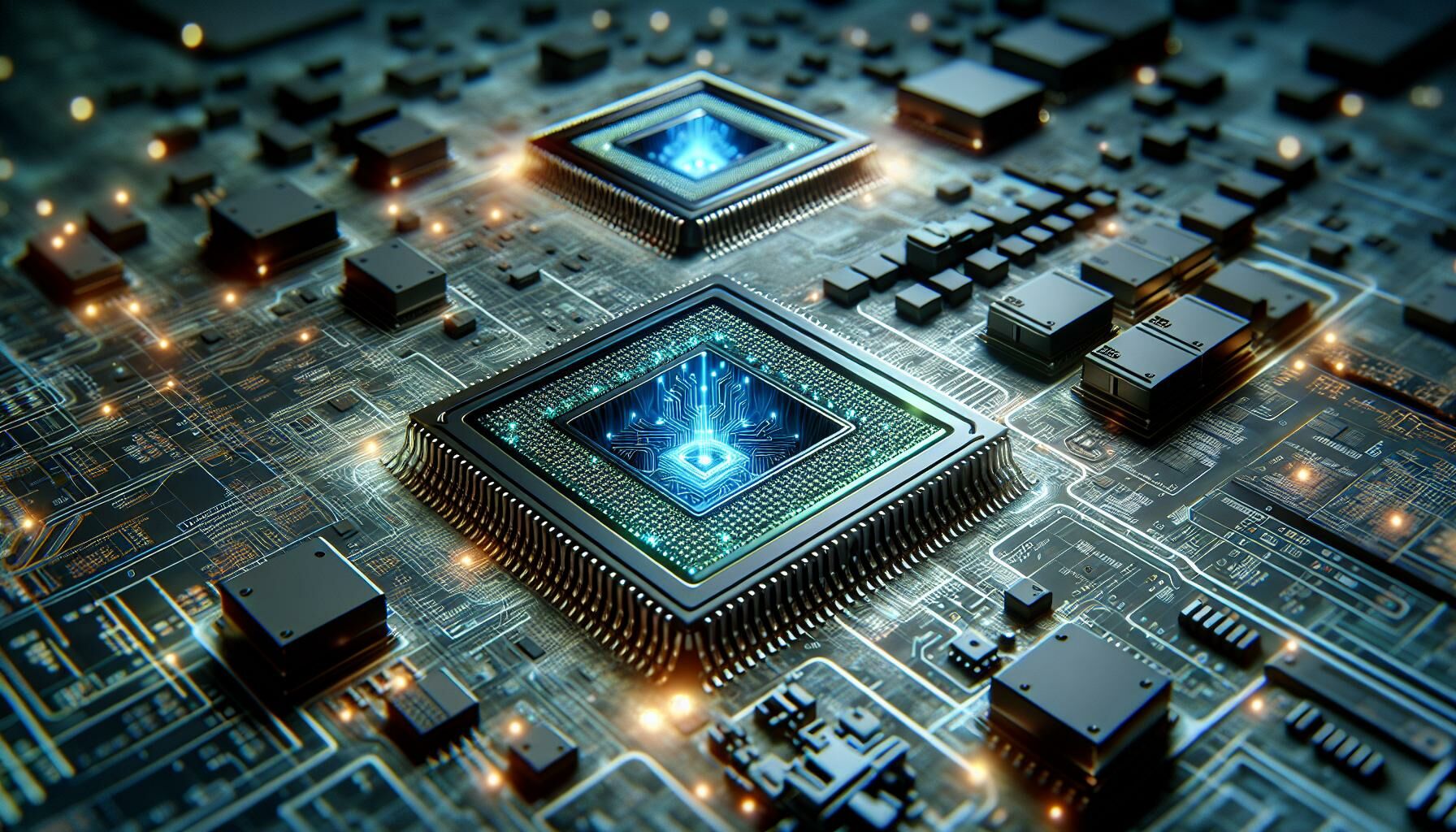Intel unveils two new AI chips for China: Navigating US sanctions with innovation

Intel has recently announced the introduction of two new AI chips, the HL328 and HL388, specifically designed for the Chinese market. These chips, characterized by their adjusted capabilities, represent Intel’s strategic response to navigate through a maze of export controls and US sanctions. Set for release in the forthcoming months, these innovations mark a significant shift in how technology companies adapt to strict international regulations. For those interested in understanding the impact of this development on the global tech landscape, this article offers an insightful exploration of Intel’s latest products and their strategic importance.
Unpacking Intel’s strategic decision in China
Navigating the global AI chip market
The global AI chip market is experiencing rapid growth due to technological advancements and escalating demand for more intelligent computing solutions. In this highly competitive arena, companies are pushing boundaries to introduce chips that could revolutionize various sectors including autonomous driving, healthcare, and robotics. Amidst technological evolution, regulatory frameworks, and geopolitical tensions shape market dynamics significantly. Intel’s launch of its tailored AI chips for China exemplifies a strategic maneuver within this intricate setting of international trade laws.

Intel’s role in technology innovation
As a leading entity in technology innovation, particularly within computing and artificial intelligence realms, Intel’s products are integral across numerous applications globally. The introduction of HL328 and HL388 illustrates how navigating today’s technological landscape requires agility beyond mere technical expertise – it demands strategic foresight amidst evolving regulations and geopolitical frictions. Through these offerings, Intel not only aligns with export controls but also showcases its dedication to one of its key markets under challenging conditions.
Analyzing Intel’s optimized AI chips
Characteristics and performance adaptations
Intel introduces the HL328 and HL388 as part of its strategy to comply with export restrictions while maintaining engagement with the Chinese market. Derived from Intel’s advanced Gaudi 3 lineup yet modified to meet specific performance thresholds mandated by regulatory limits (4800 TPP), these chips incorporate essential features suitable for varied computational tasks despite their performance adjustments necessitated by reduced core counts and clock speeds.
Application spectrum within China
Despite limitations imposed on their capabilities, both HL328 and HL388 are engineered to support crucial computing requirements across a multitude of sectors within China such as data analytics, cloud services, machine learning processes including applications critical for healthcare analysis systems; real-time processing needs in autonomous vehicles; predictive maintenance; quality control operations in smart manufacturing setups – all within compliance bounds.

Strategic Insights: Navigating regulatory landscapes
Intel’s move signifies adept navigation through regulatory complexities ensuring product compliance while fostering ongoing commitment toward serving Chinese industries vital for digital transformation efforts like healthcare automation or smart infrastructure development hence securing continuous access to one of its largest markets amidst tightening trade norms.
Competitive landscape: Positioning against rivals
Intel’s customized approach with its new AI chip offerings positions itself strategically against competitors under prevailing regulatory conditions without forfeiting performance efficacy thereby sustaining relevance among Chinese industry players seeking advanced computational technologies compliant with current standards akin to Nvidia’s initiatives reflecting similar adaptation strategies ensuring service continuity within constrained environments showcasing resilience against geopolitical shifts.
The future trajectory sees continued innovation among leading entities enhancing computational capacities conforming with environmental considerations aiming at efficiency gains coupled with sector-specific advancements facilitating accelerated developments bolstered potentially through collaborative ventures expanding possibilities towards meeting growing demands alongside navigating evolving regulatory scenarios promising substantial growth prospects ahead driven by technological progressions aligned with sustainable practices shaping future directions.
Latest Thailand News
Follow The Thaiger on Google News:


























